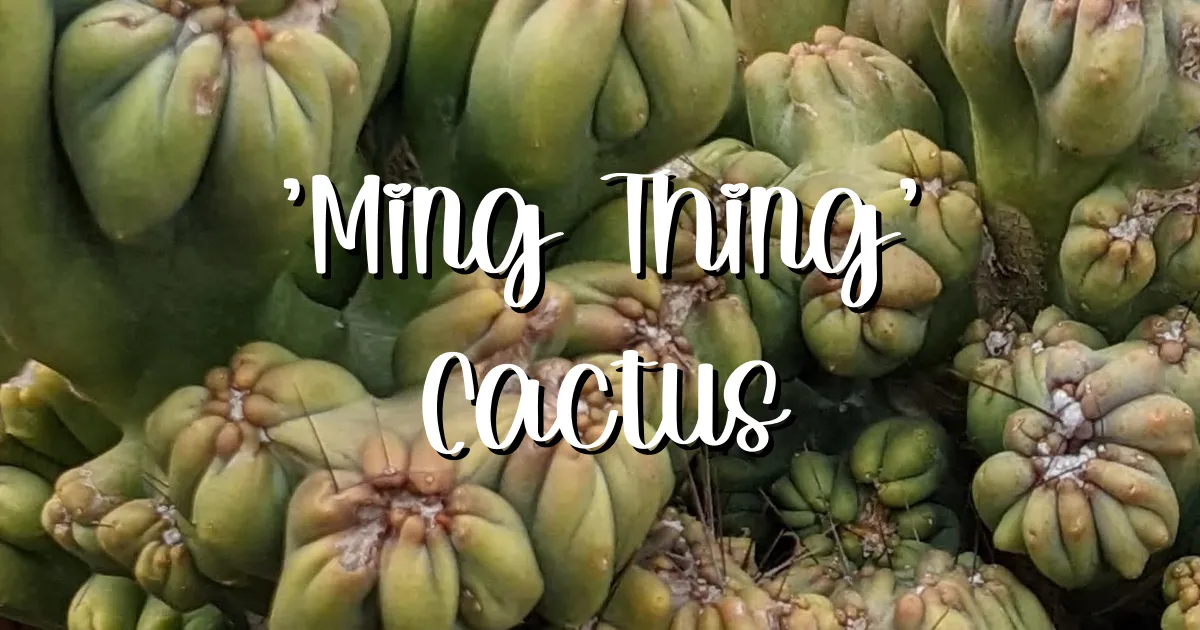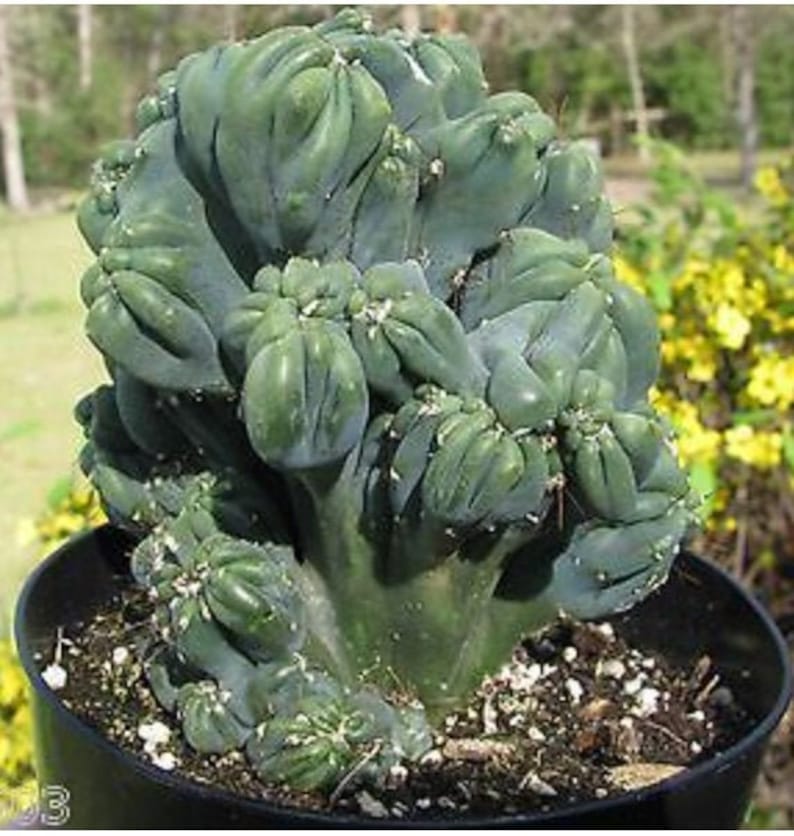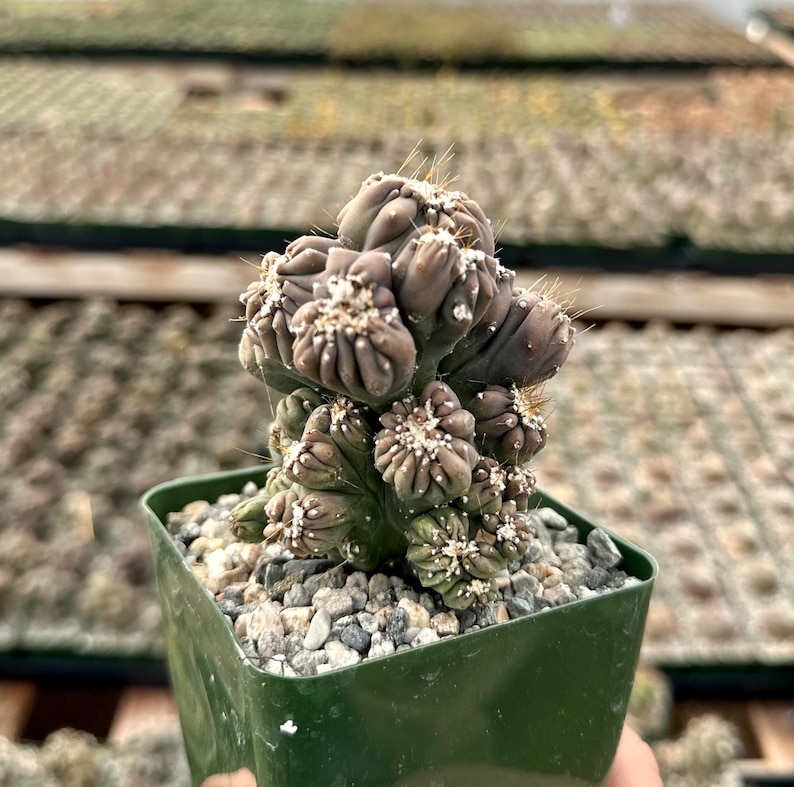Cereus forbesii monstrose ‘Ming Thing’ is a harder to find and unusual cactus that has become highly sought-after by collectors.
Dig in!
Appearance
It is a cultivar of the Cereus forbesii monstrose, and it is characterized by its twisted and contorted growth pattern, which gives it a unique appearance. This cactus has green stems that can grow up to 12 inches long and 2 inches wide, with random bumps, bulges, and ridges all over them. It rarely produces spines, and if it does, they are small and inconspicuous.
Cross this succulent off your wish list. Buy it on Etsy from the image above.
Growth Rate
The ‘Ming Thing’ is a slow-growing cactus, and it can reach a maximum size of 3 feet tall and 2 feet wide, making it an excellent choice for small spaces or indoor growing.
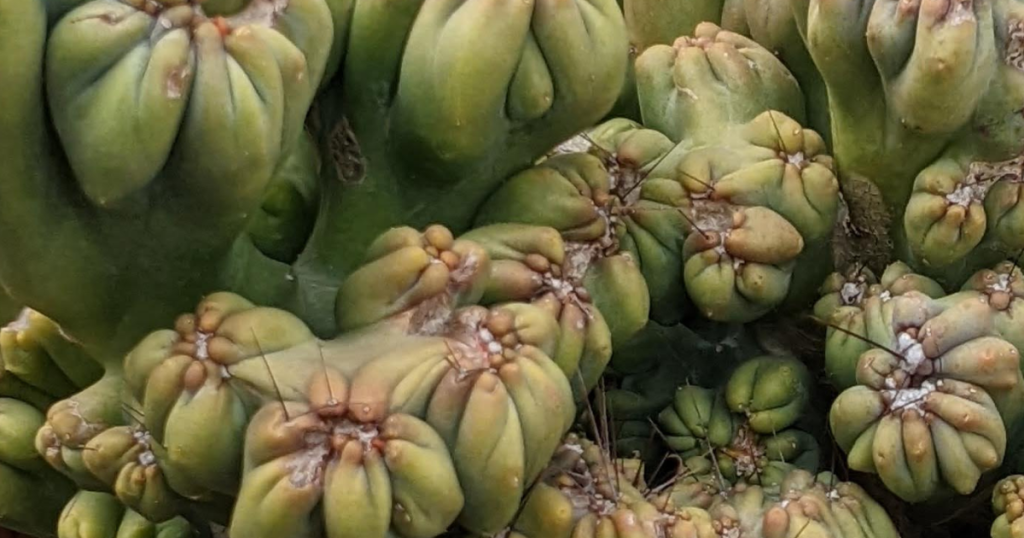
The Cereus forbesii monstrose ‘Ming Thing’ is a stunning cactus that produces beautiful blooms in the summer. Its flowers are white with a yellow center and can grow up to 6 inches in diameter. The flowers only bloom for one night, and they have a sweet fragrance that attracts moths and other night-pollinating insects.
You might also like: Crested Succulents and Monstrose Cactus: A Comprehensive Guide to These 2 Kinds of Weird Mutations
Native Habitat
Cereus forbesii monstrose ‘Ming Thing’ is a cultivar of the Cereus forbesii monstrose, which is native to Argentina. In its natural habitat, this cactus grows on rocky hillsides and can withstand drought and high temperatures. It prefers well-draining soil and full sun exposure, but it can also tolerate partial shade.
You might also like: 10 Cactus and Succulent Adaptations: How These Incredible Plants Have Adapted to Survive in Extreme Environments
How to Water
Cereus forbesii monstrose ‘Ming Thing’ is a cactus, so it is drought-tolerant and can survive long periods without water. It prefers to be watered deeply but infrequently. Wait until the soil is completely dry before watering and then water until the excess water drains out of the pot’s bottom. During the winter months, reduce watering to once a month or less. Root rot comes from an overwatered cactus, so it is essential to ensure the soil is dry before watering again.
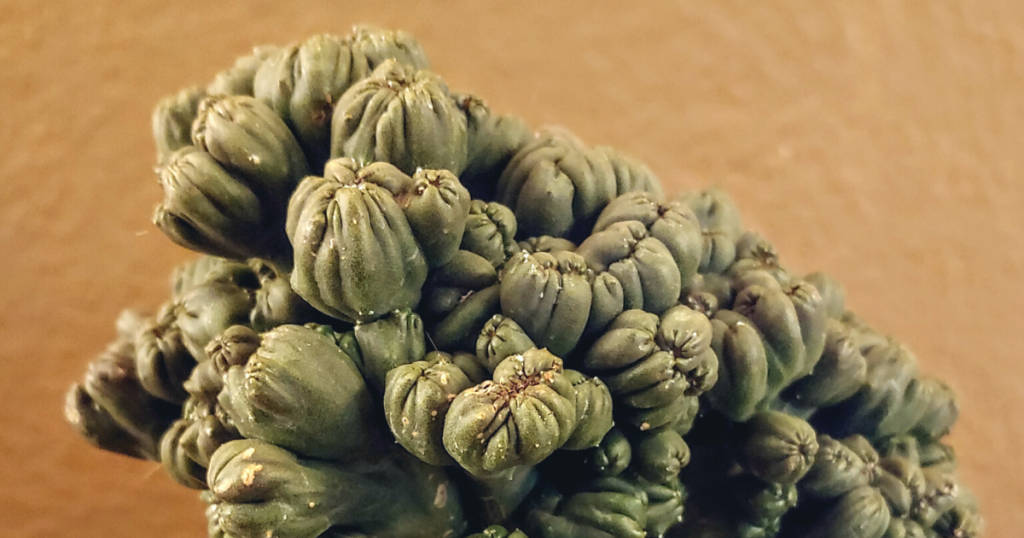
You might also like: How & When to Water Succulents So They Don’t Die
Soil
Cereus forbesii monstrose ‘Ming Thing’ prefers well-draining soil, and it can grow in a variety of soil types, including cactus mix or a mix of coarse sand, perlite, and potting soil. The soil should be slightly acidic with a pH level between 6.0 and 7.0. It is important to avoid compact soil that can retain water and lead to root rot.
You might also like: Succulent Soil: Ultimate Guide & 4 DIY Recipes to Keep Your Succulents Happy and Healthy
How to Propagate ‘Ming Thing’
Cereus forbesii monstrose ‘Ming Thing’ can be propagated through stem cuttings. Allow the cuttings to dry for a few days, then plant them in well-draining soil. It is best to propagate in the spring or summer when the plant is actively growing. The cuttings can take a few weeks to root and should be watered sparingly until they are established.
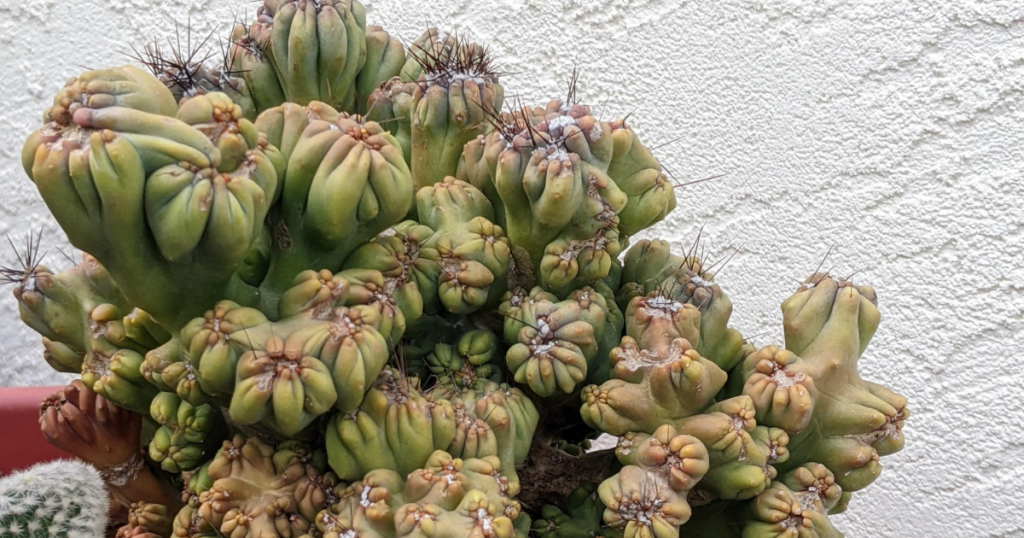
You might also like: Propagating Succulents 4 Ways: The Best Guide Ever
Lighting
Cereus forbesii monstrose ‘Ming Thing’ prefers full sun exposure but can also tolerate partial shade. It is essential to avoid direct sunlight during the hottest part of the day, as this can lead to sunburn. Indoors, place the plant near a south-facing window or under grow lights for 8-10 hours per day.
You might also like: How Much Light Do Succulents Need? A Comprehensive Guide in 12 Parts
Fertilizer
Cereus forbesii monstrose ‘Ming Thing’ does not require fertilizer, but it can benefit from occasional feedings during the growing season. Fertilizers can provide nutrients that the plant may not be getting from its soil or environment. However, it’s essential to be cautious when fertilizing, as over-fertilization can harm the plant. A slow-release fertilizer with a low nitrogen concentration, such as a 5-10-10 mix, is recommended for this succulent.

Succulent fertilizer available to purchase on Etsy.
You might also like: Succulent Fertilizer: The Ultimate Guide to Healthy Succulents + 8 DIY Fertilizer Recipes
It’s best to apply fertilizer during the active growing season, which is typically in the spring and summer months. Avoid fertilizing during the winter months when the plant is dormant. Always dilute the fertilizer to half or quarter strength to prevent fertilizer burn. Apply the fertilizer to moist soil and avoid getting it on the leaves or stem of the plant.
When you’re rooting or transplanting your succulents and cacti, use SUPERthrive to help reduce the chance of transplant shock and grow a strong root system.
Common problems and solutions
Cereus forbesii monstrose ‘Ming Thing’ is generally pest and disease-resistant. However, it can suffer from common succulent issues such as root rot and mealybugs. Over-watering is the primary cause of root rot in this plant. To avoid this, make sure the soil is well-draining and allow it to dry out completely before watering again.
Mealybugs can be found in the little nooks and crannies of the plant and are often mistaken for cotton or fuzz. The best way to get rid of them is to remove them manually using a cotton swab or by spraying the plant with a mixture of water and dish soap. Repeat the process every few days until the infestation is gone.
As an Amazon Associate I earn from qualifying purchases at no additional cost to you.
Fix the pest problem on your succulents and cacti with these popular insecticides.
Hardiness zone and temperature
Cereus forbesii monstrose ‘Ming Thing’ is hardy in USDA zones 9a to 11b. It can tolerate temperatures down to 25°F (-3.9°C) but prefers warmer temperatures between 50°F to 70°F (10°C to 21°C). It can be grown outdoors in warmer regions but needs protection from direct sunlight during the hottest part of the day. In colder regions, it’s best to keep it indoors and protect it from frost and freezing temperatures.
You might also like: Succulent Care by Zones

Where to Buy Succulents Online

